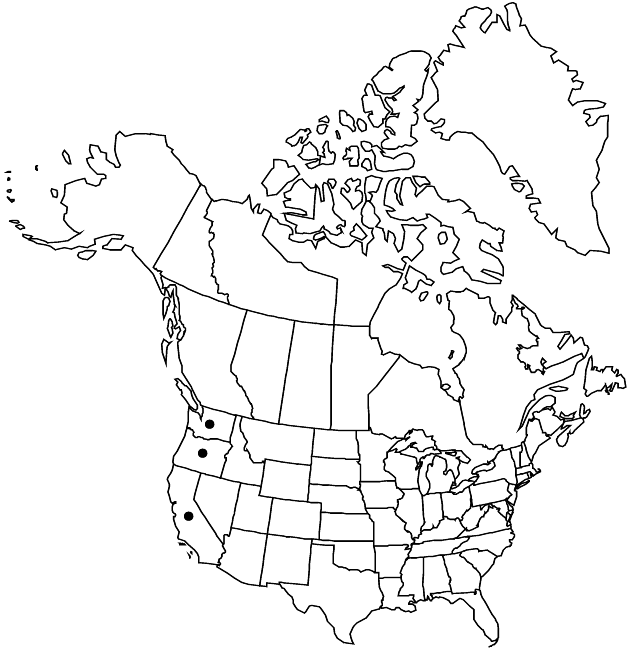Difference between revisions of "Erigeron aliceae"
Fl. N.W. Amer., 317. 1900.
FNA>Volume Importer |
imported>Volume Importer |
||
| (One intermediate revision by the same user not shown) | |||
| Line 8: | Line 8: | ||
}} | }} | ||
|common_names=Alice Eastwood’s fleabane | |common_names=Alice Eastwood’s fleabane | ||
| + | |special_status={{Treatment/ID/Special_status | ||
| + | |code=E | ||
| + | |label=Endemic | ||
| + | }} | ||
|basionyms= | |basionyms= | ||
|synonyms= | |synonyms= | ||
| Line 45: | Line 49: | ||
|publication title=Fl. N.W. Amer., | |publication title=Fl. N.W. Amer., | ||
|publication year=1900 | |publication year=1900 | ||
| − | |special status= | + | |special status=Endemic |
| − | |source xml=https:// | + | |source xml=https://bitbucket.org/aafc-mbb/fna-data-curation/src/2e0870ddd59836b60bcf96646a41e87ea5a5943a/coarse_grained_fna_xml/V19-20-21/V20_766.xml |
|tribe=Asteraceae tribe Astereae | |tribe=Asteraceae tribe Astereae | ||
|genus=Erigeron | |genus=Erigeron | ||
Latest revision as of 21:05, 5 November 2020
Perennials, 3–8 dm; rhizomatous, fibrous-rooted, caudices relatively thick. Stems erect, loosely strigose to glabrate, sometimes hirsuto-villous proximally, eglandular. Leaves basal (usually persistent) and cauline; basal and proximal cauline blades often prominently 3-nerved, oblanceolate-spatulate to elliptic-spatulate, 80–200 × 15–35 mm, margins usually coarsely dentate (teeth 1–5 pairs), sometimes entire, faces weakly strigose to hirsute, eglandular; cauline blades becoming lanceolate to linear, sometimes ovate, gradually reduced distally (bases weakly subclasping or not clasping). Heads 1–4(–7) (from branches distal to midstem). Involucres 6–10 × (10–)12–16(–20) mm. Phyllaries in 3(–4) series, glabrous or moderately villous to white-hirsuto-villous (sometimes only at peduncle-involucre region), densely minutely glandular. Ray florets 45–80; corollas white to pinkish purple, 10–15 mm, laminae coiling at tips. Disc corollas 2.5–4 mm. Cypselae 2–2.8 mm, 2(–4)-nerved, faces moderately to densely strigose; pappi: outer of setae, inner of 18–32 bristles.
Phenology: Flowering Jun–Aug(–Sep).
Habitat: Rocky ridges and slopes, talus, wet meadows, open roadsides, fir, hemlock-fir, chaparral, sometimes on serpentine
Elevation: 1100–2200 m
Distribution

Calif., Oreg., Wash.
Discussion
Selected References
None.